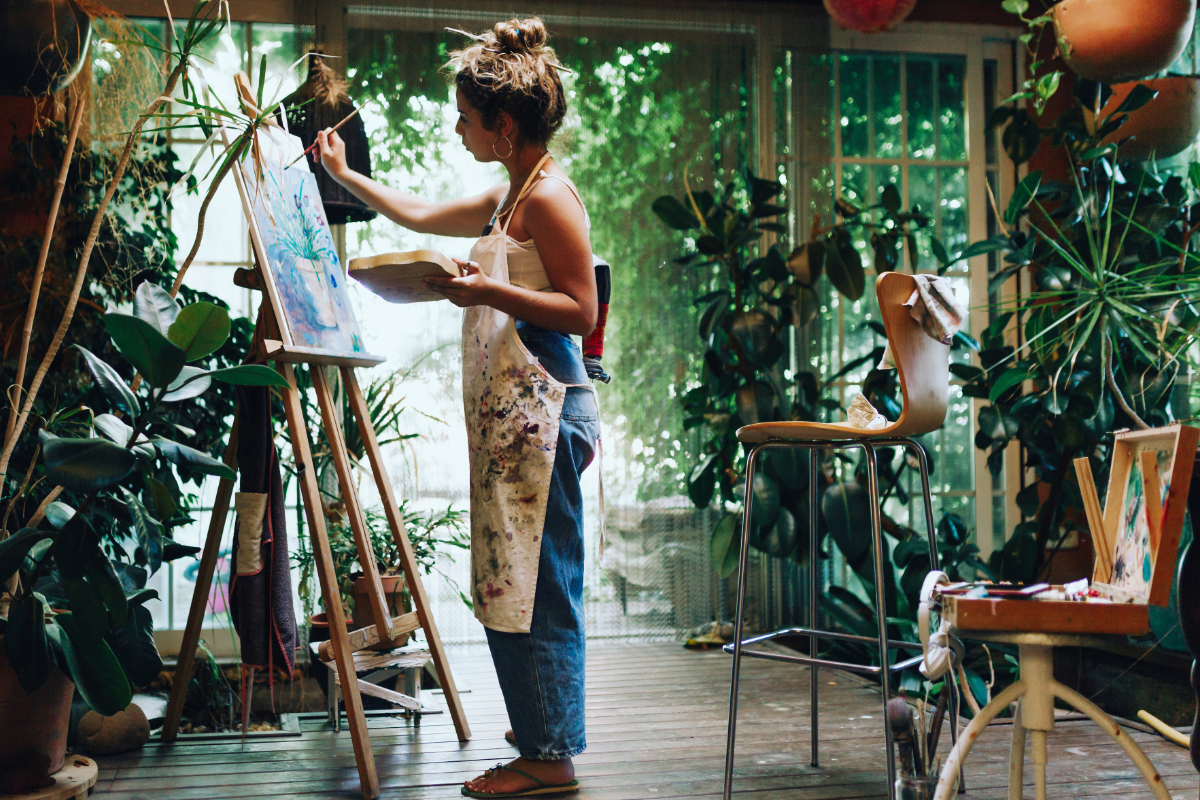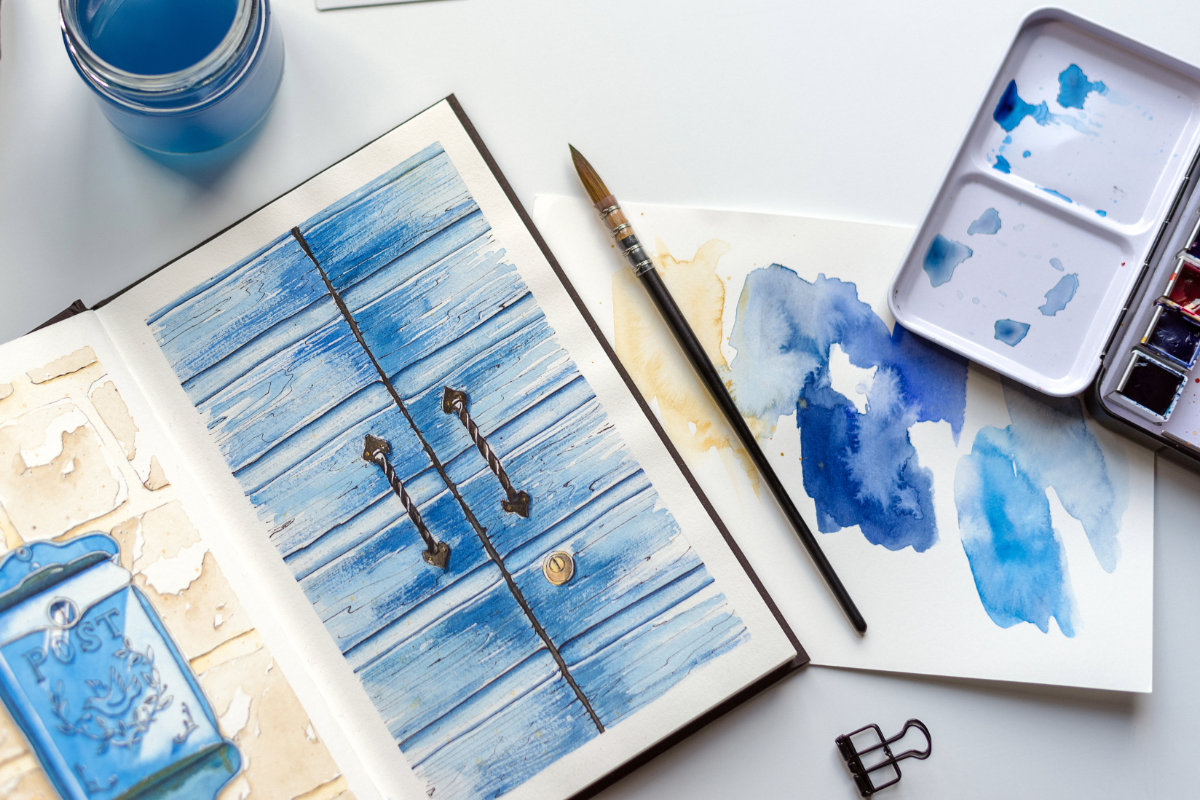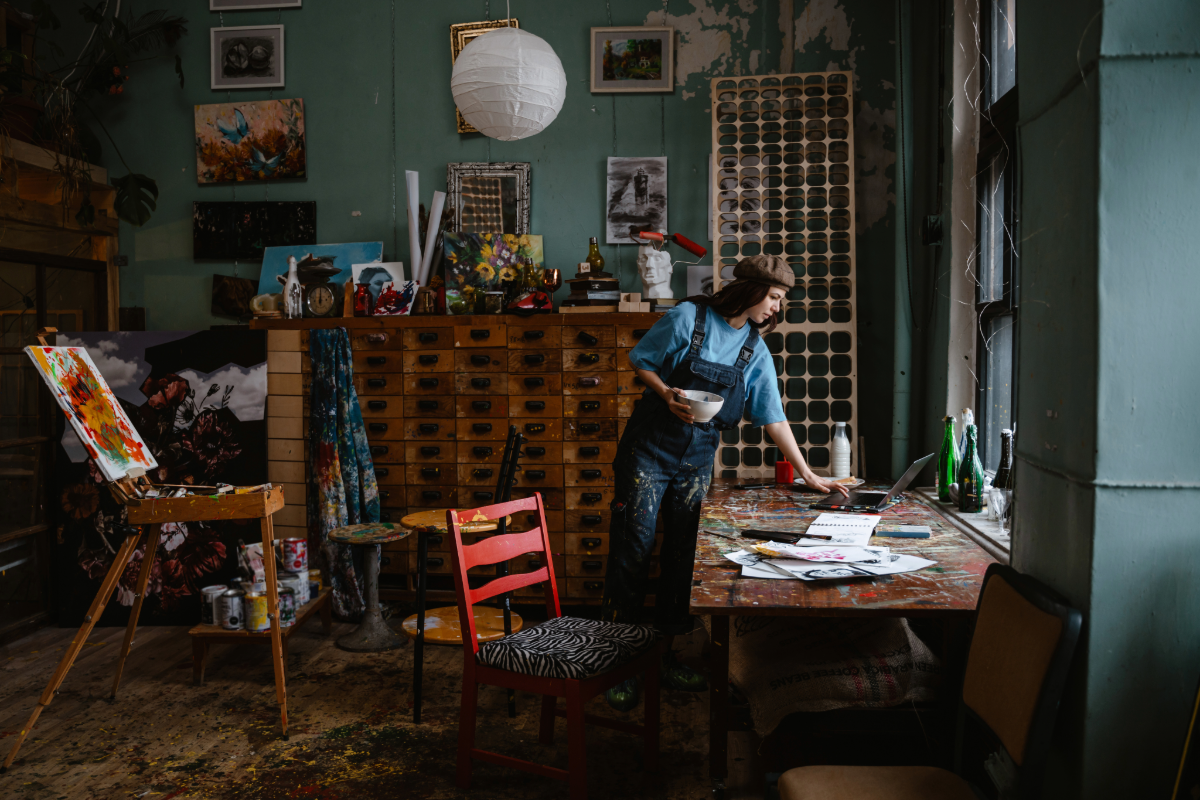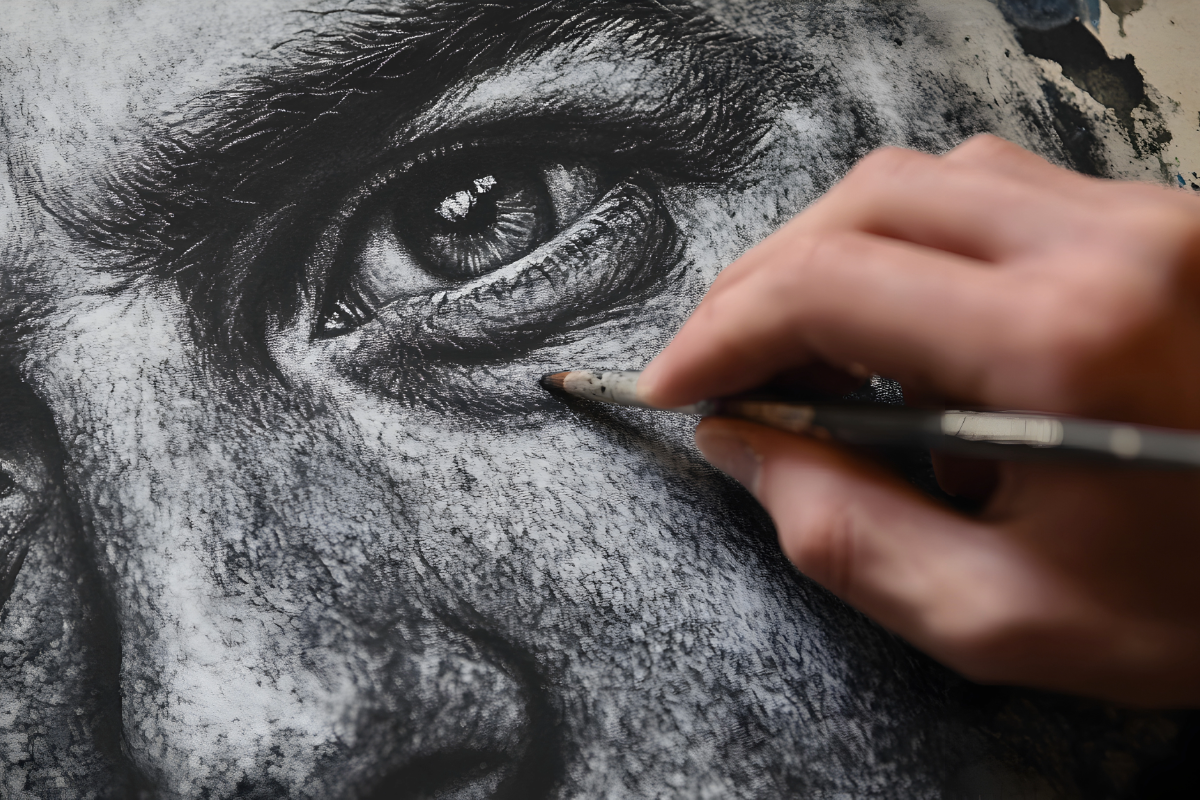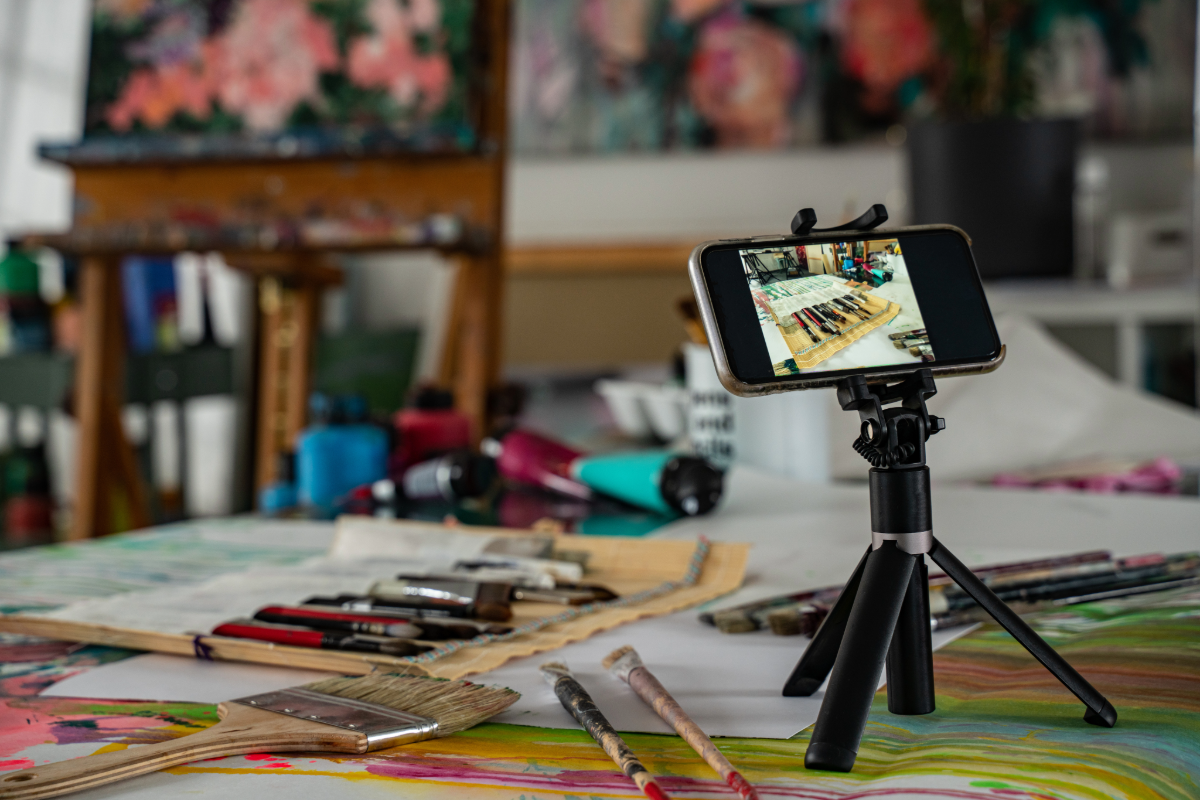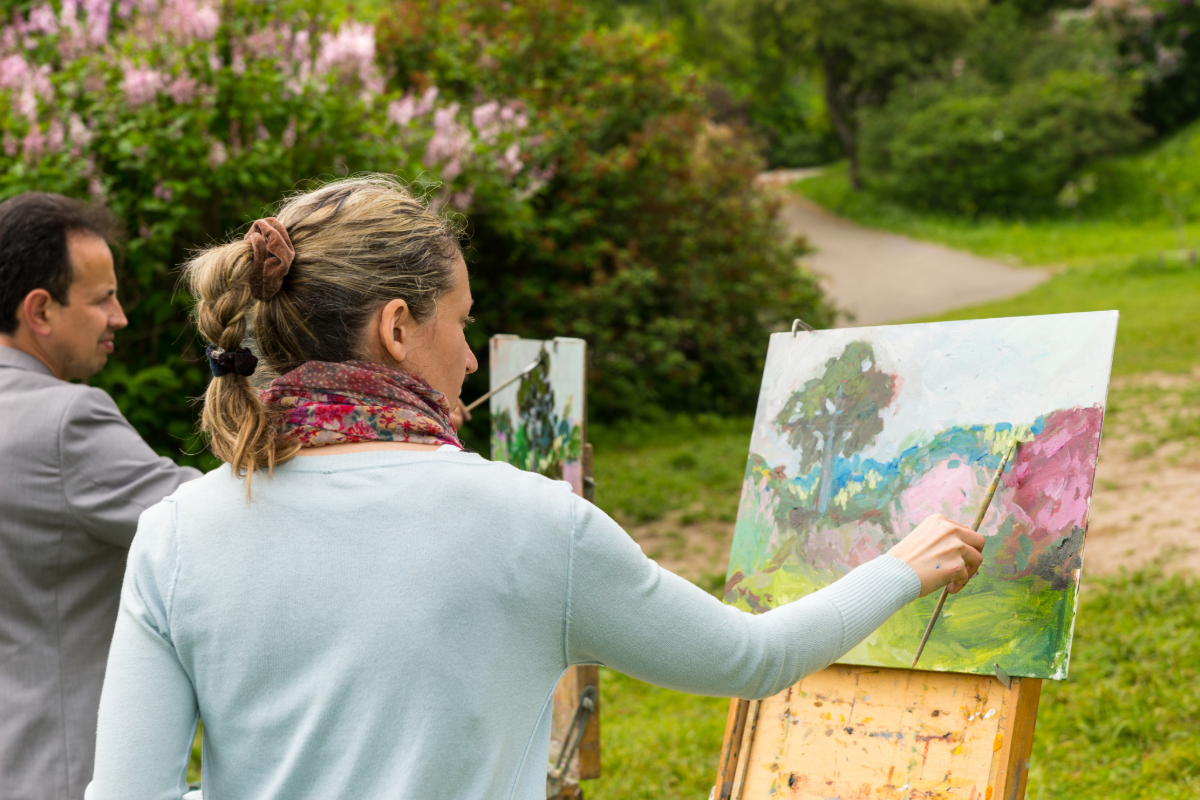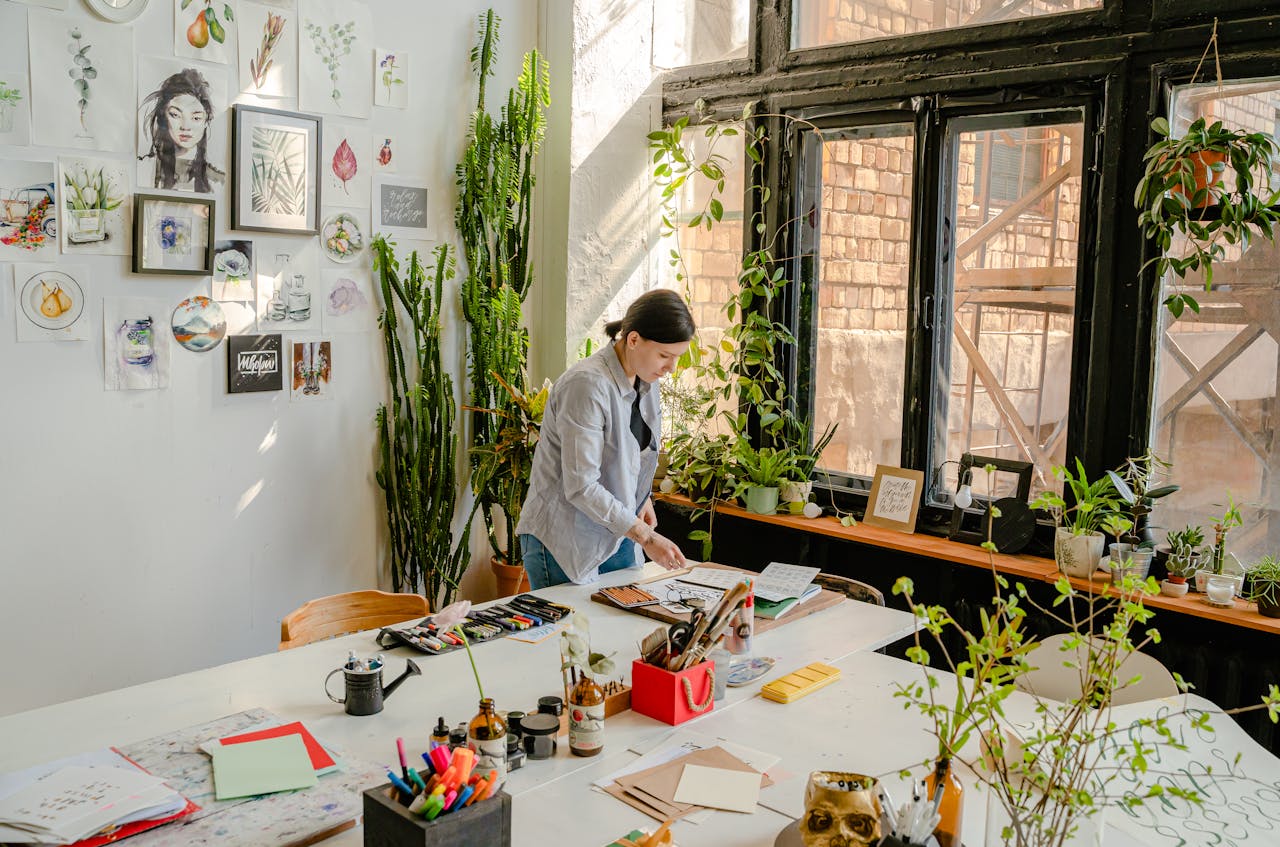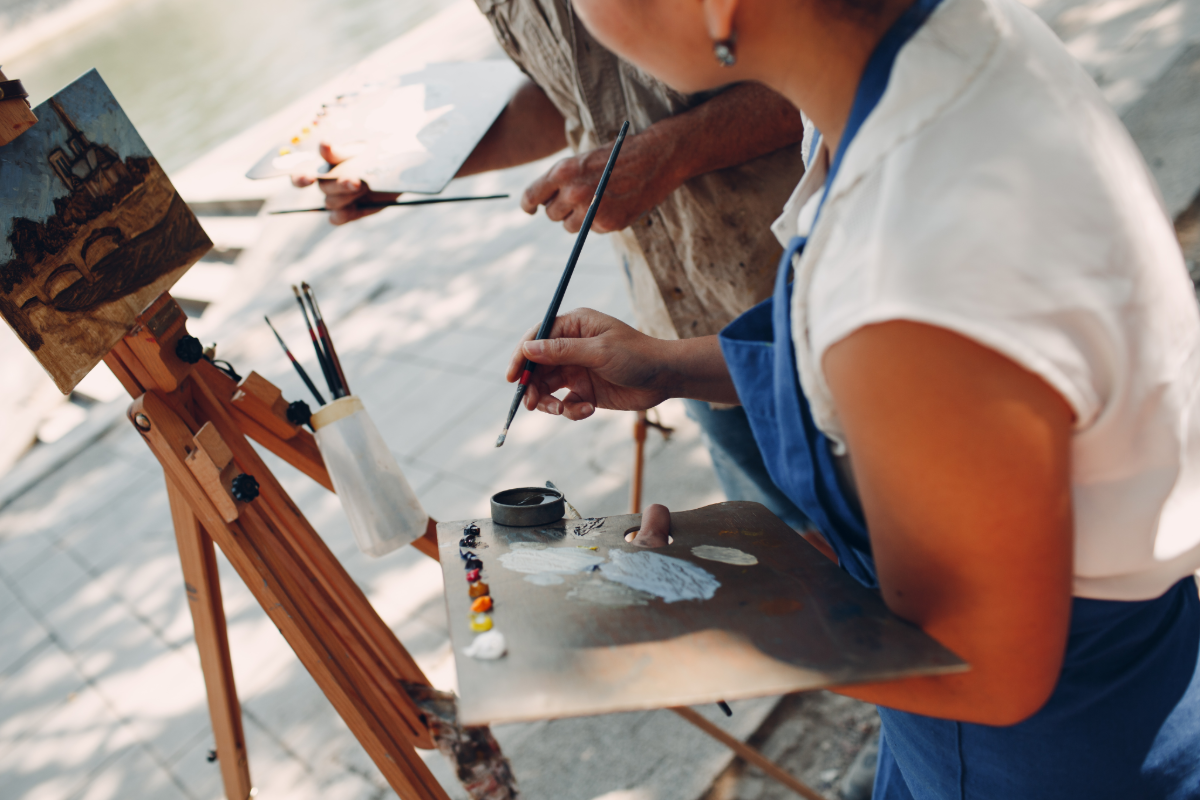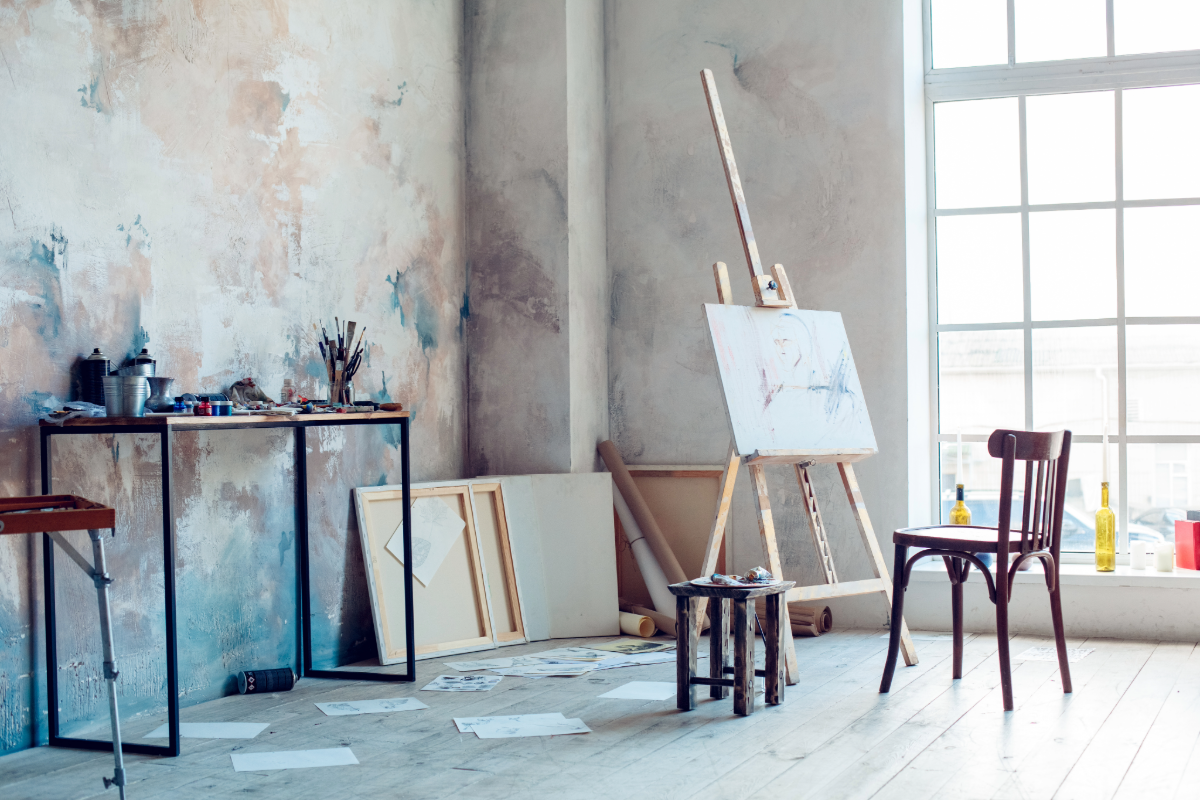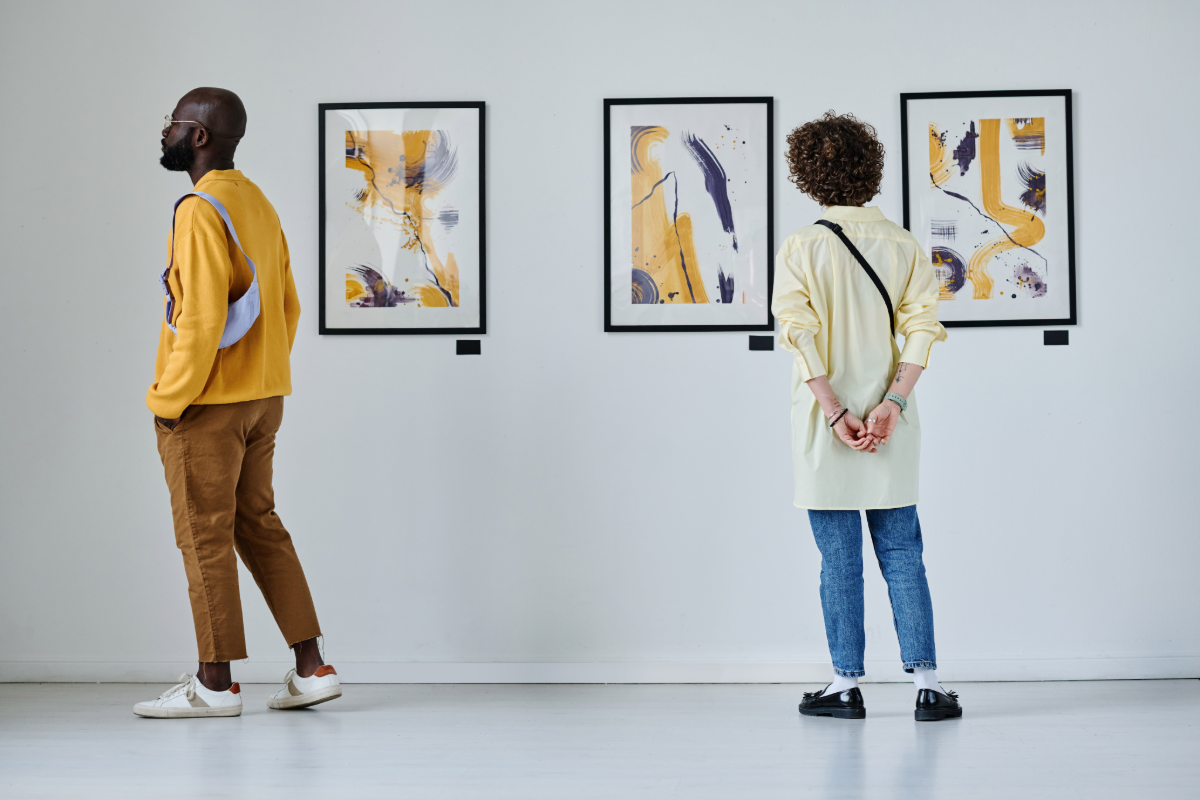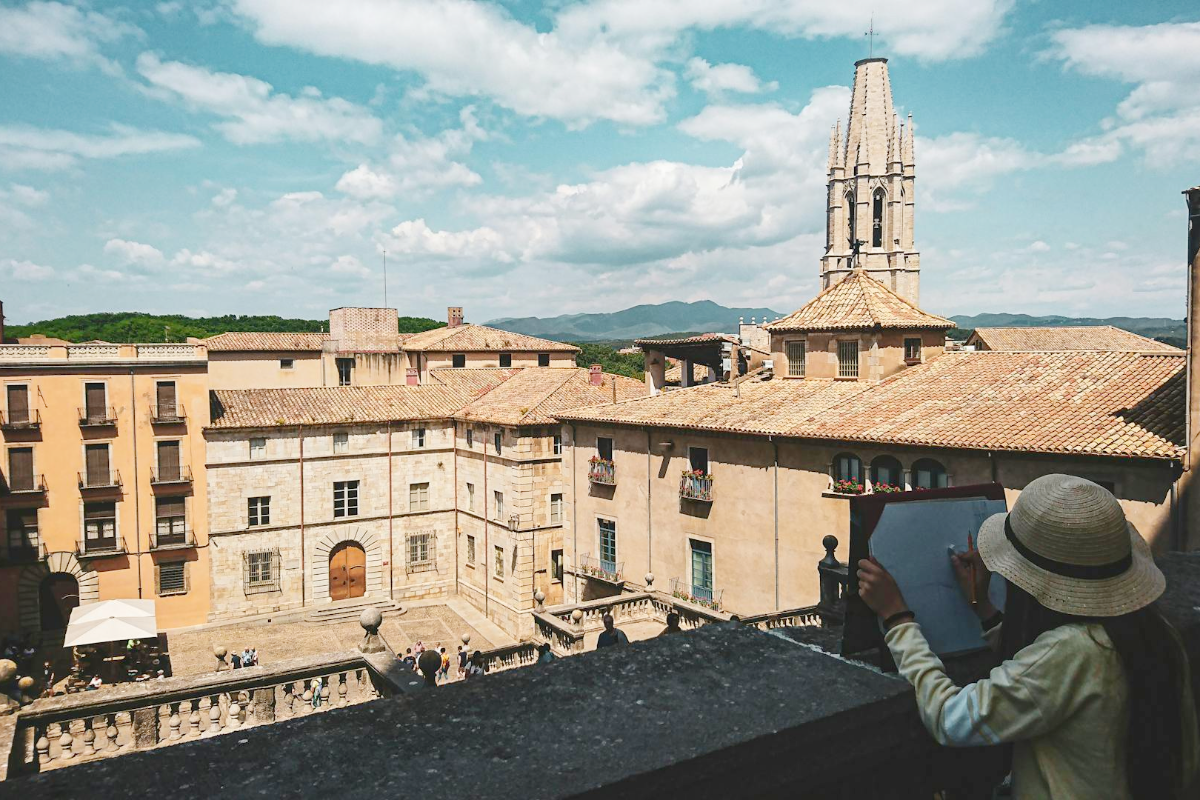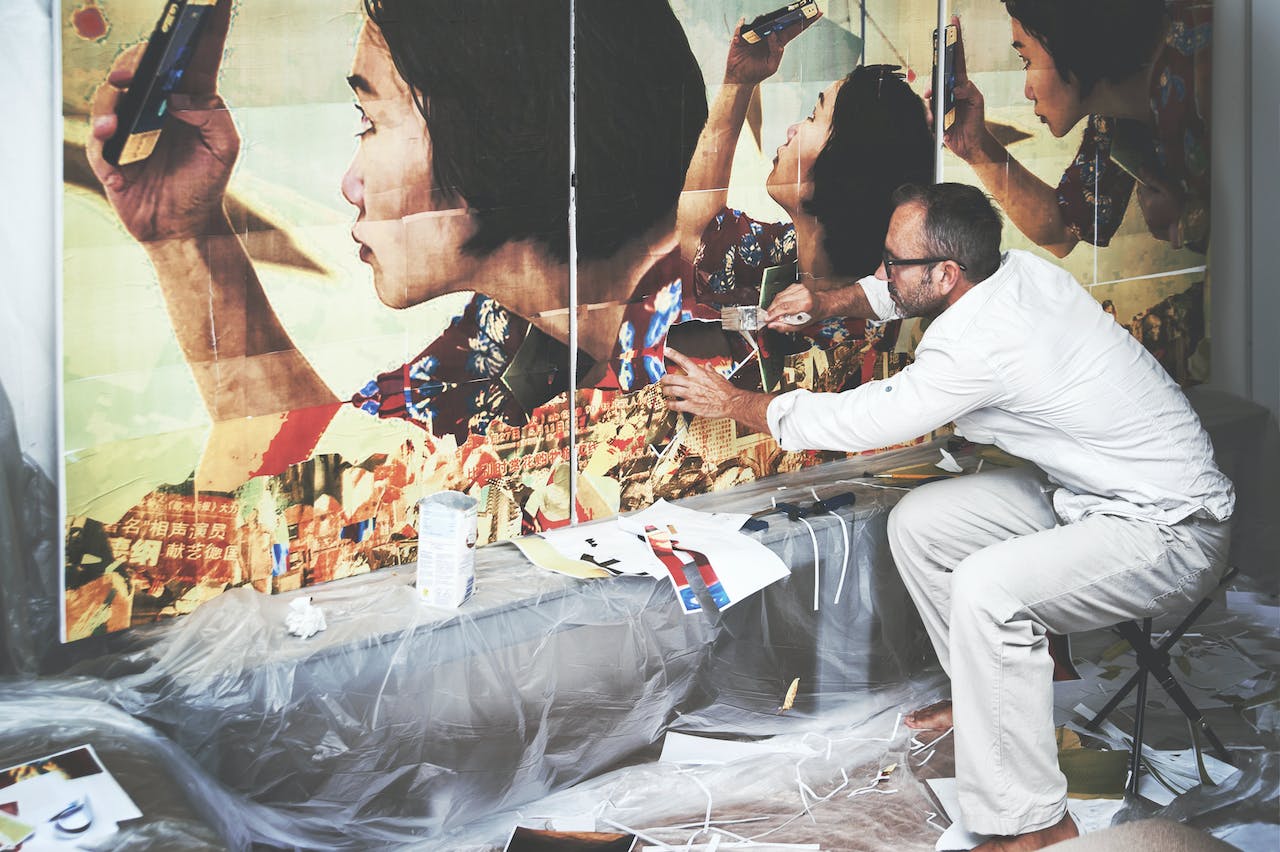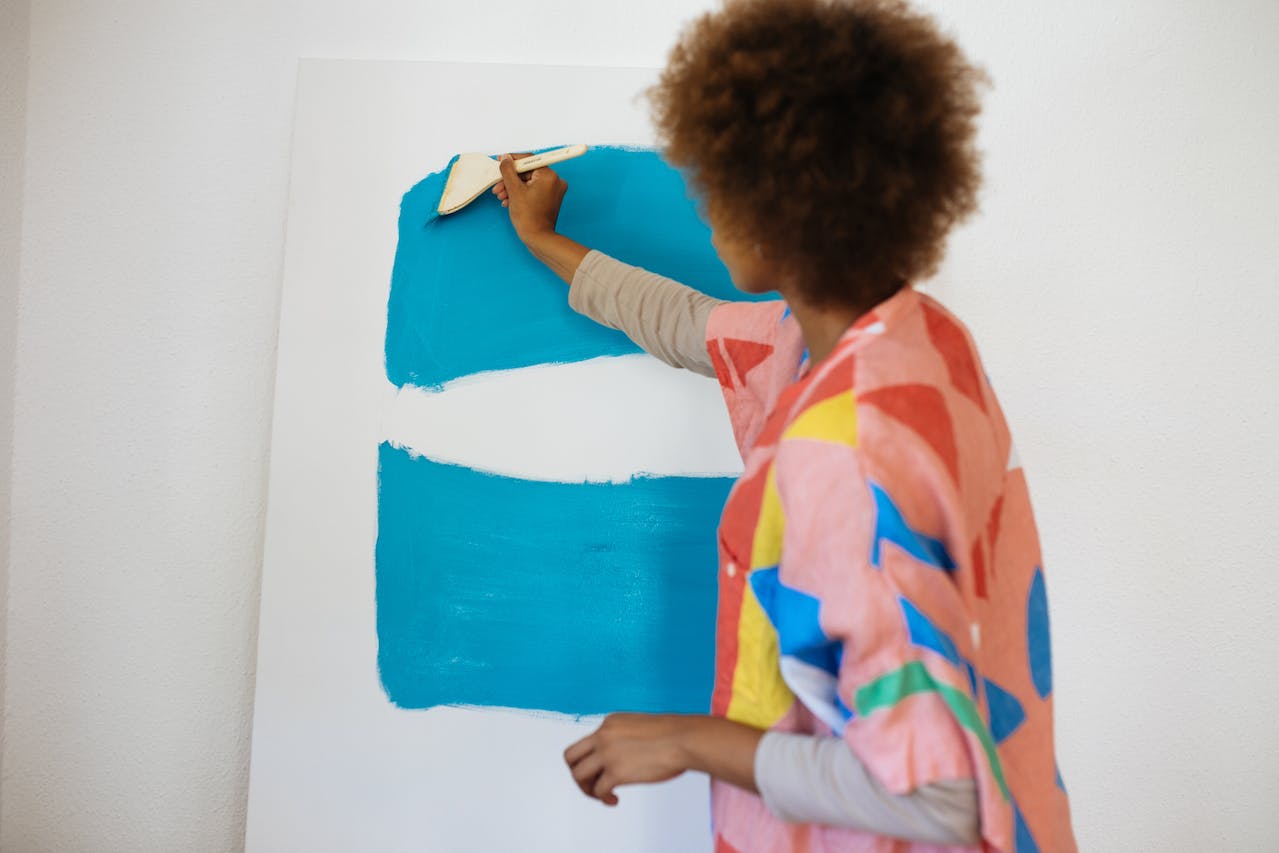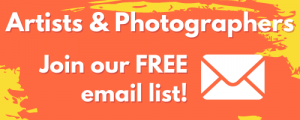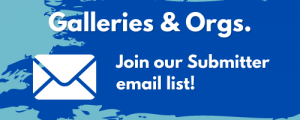Tips for Effectively Writing & Talking About Your Work
A Guide for Artists and Photographers
Whether you’re submitting to an art competition, preparing for a solo show, applying for a grant, or just updating your website, being able to clearly and confidently express what your work is about is an essential skill. Writing and speaking about your art doesn’t mean simplifying your vision; it means communicating it in a way others can understand and connect with.
At TheArtList, we’ve seen time and time again that artists who can articulate their work—visually and verbally—stand out. That’s why we created this guide to help you craft a clear, compelling narrative around your work and creative practice.
Why This Matters
Art is often visual, emotional, and intuitive—but galleries, collectors, jurors, and audiences still want context. A well-written artist statement or an engaging introduction at an exhibit can:
- Make your work more accessible
- Create stronger emotional or intellectual connections
- Help you stand out in open calls, competitions, and residency/grant applications
- Open the door to press features, podcast invitations, and speaking gigs
The good news? You don’t have to be a writer or public speaker to do this well. You just need clarity, honesty, and a few key tools.
1. Know What You’re Trying to Say
Before you start writing or talking about your work, take a step back. What do you want people to know, feel, or think when they encounter your art?
Ask yourself:
- What themes or questions does my work explore?
- What materials or techniques do I use, and why?
- What is my creative process like?
- Has my work evolved over time? If so, how?
Avoid generalizations like:
- “I explore the natural world with my lens.”
- “My paintings are about emotions.”
- “I just go with the flow.”
Instead, get specific:
- “My work captures the collision between urban development and endangered ecosystems through a lens-based practice rooted in long-form documentary techniques.”
- “Through gestural abstraction and repetition, I investigate memory and the way trauma reshapes personal narratives.”
- “I use mixed media and natural pigments to recreate ancestral textiles, examining the visual language of cultural preservation.”
2. Find Your Voice, Not Just the Right Words
Your artist statement or verbal intro doesn’t have to sound like a dissertation. It should sound like you—professional but personal, insightful but approachable.
Try this exercise:
Imagine a friend asking, “What kind of art do you make?” Grab your phone and record yourself answering naturally. Then transcribe what you said and highlight the phrases that feel honest and strong. That’s your starting point.
When writing or speaking:
- Use first-person (“I”) if it feels right.
- Keep it active and clear (“I use,” “I explore,” “My work challenges…”).
- Avoid too much art speak or jargon; but don’t dumb it down either.
3. Structure It Thoughtfully
Whether you’re writing a 150-word bio or giving a 30-second elevator pitch, structure helps.
For writing:
A simple framework:
- What you create: Describe the type of work (medium, style, etc.).
- How you create it: Mention materials, process, or influences.
- Why you create it: Share the ideas or questions behind the work.
- Where it’s going: Note any recent exhibitions, projects, or evolution.
Example:
“I’m a fine art photographer based in The Bahamas, focusing on the intricate relationship between coastal environments and mangrove ecosystems. My current series documents the shifting light, textures, and tidal rhythms of these vital coastal zones, using a blend of digital and medium format film. Influenced by ecological conservation and visual storytelling, my work explores themes of resilience, natural memory, and the fragile beauty of island life. My photographs have been exhibited throughout the Caribbean and are held in both private and public collections.”
For talking:
Keep it conversational:
- “I’m a sculptor working primarily with found materials. My current series explores how everyday objects carry personal and cultural memory.”
- “I paint large-scale portraits using a mix of oil, paper, and textile to explore heritage and identity through texture.”
Practice saying your version aloud a few times. It will start to feel more natural each time.
4. Edit with Intention
Once you’ve written a draft, take time to revise it. Ask:
- Is it clear?
- Does it reflect who I am as an artist today?
- Am I being too vague or too technical?
- Would someone unfamiliar with my work understand this? Will this hold their attention?
If you can, get feedback from a trusted peer, mentor, or curator. Even better: read it aloud. If you stumble, lose your attention span, or find yourself rephrasing, those areas may need work.
5. Adapt for Different Contexts
You don’t need one perfect paragraph. You need a few adaptable versions:
- A short bio for your website (50–100 words)
- A 1–2 paragraph artist statement (150–300 words)
- A 1-minute elevator pitch for panels, interviews, or studio visits
Make sure you update these every 6–12 months as your work evolves.
6. Put It Into Practice
The more often you write and talk about your work, the easier it gets.
Try:
- Submitting to open calls
- Practicing your intro before art fairs or open studios
- Writing thoughtful captions on social media that go beyond “New work!”
Look for moments to speak about your work in person—whether at a gallery opening or an online artist panel. Those opportunities build confidence, language, and visibility.
Final Thoughts
You don’t need to have it all figured out to start writing or talking about your work. You just need to begin. Think of it as a creative practice in itself, one that grows and strengthens alongside your art.
And remember, every time you submit to an open call, gallery, or grant, your words are part of your first impression. Take the time to make them count!
Stay Connected
At TheArtList, we help you find the opportunities that move your creative career forward. Our daily art and photography calls, free Artist of the Month contest, and monthly newsletter are designed to keep you informed and inspired.
📬 Want to stay in the loop?
Join our Artist & Photographer Mailing List to get fresh open calls, resources like this, and inspiring artist features in your inbox.
🎨 Feeling ready to share your work?
Enter the free Artist of the Month contest today. It’s a great way to start talking about your work and get seen by thousands of art lovers and industry professionals.



